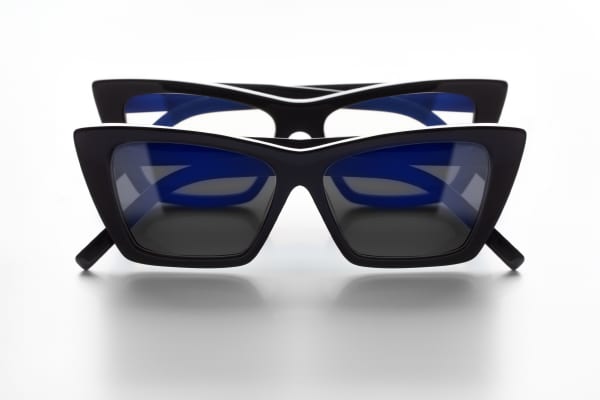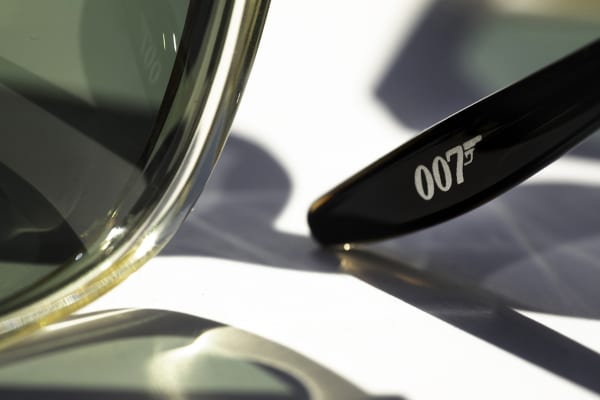Colorful, vibrant, shiny. Just like a rainbow. Nearly too good to be true. Just like their frames. This time, ic! berlin has coated them: no varnish. They shine in exciting new colours created through simple light refraction.
 For the first time, through the electric PVD coating, they have managed to get the stainless steel to sparkle in fantastic new colours. Using this procedure, they didn’t apply colour directly to the metal, but deposited an extra thin layer of crystals that reflects certain light wave-lengths. Just like a rainbow. Just as beautiful. Only it’s permanent. The layer is ten times thinner than a human hair, doesn’t tarnish or scratch. The ic! berlin hinge becomes even more smooth and even more wear-resistant.
For the first time, through the electric PVD coating, they have managed to get the stainless steel to sparkle in fantastic new colours. Using this procedure, they didn’t apply colour directly to the metal, but deposited an extra thin layer of crystals that reflects certain light wave-lengths. Just like a rainbow. Just as beautiful. Only it’s permanent. The layer is ten times thinner than a human hair, doesn’t tarnish or scratch. The ic! berlin hinge becomes even more smooth and even more wear-resistant.
For this year’s Silmo the company launched eight new models in 4 new colours: electric violet, electric light blue, electric turquoise and electric magenta. Making it 8×4 more beautiful. Some of our bestsellers like Rast, Nufenen and Günther N. will also get a makeover.
Technical background:
5 questions to Thomas Bochmann, Technical Director / ic! berlin Innovation Department
What is PVD coating?
PVD stands for Physical Vapor Deposition and is a vacuum-based coating process, used specifically in the manufacturing of heavy machinery as well as for parts exposed to heavy wear such as drills and milling cutters.
 Why use PVD coating for glasses?
Why use PVD coating for glasses?
PVD coating is perfect for our frames, since the patented ic! berlin hinge has bigger contact and sliding surfaces than common hinges with screws. The hard and friction reducing PVD coating can be applied as a covering layer less than one thousandth of a millimeter thin and makes the hinge therefore easy to manipulate and wear resistant.
What’s the innovation about?
From the technical point of view, it wasn’t possible, until now, to coat stainless steel in such a way as to obtain really vibrant energetic colours. In collaboration with one of our suppliers, the ic! berlin electric! innovation department has a developed this new coating technique that enables metal coating in nearly all the colours of the known spectrum, just like a rainbow.
How are those new colours created?
In the same way a prism breaks the light in individual light waves and thus reflecting the different colours of the rainbow, the smallest crystal parts refract and reflect the light – depending on the nanometric layer construction – in one specific wave length.
What was the biggest challenge?
The development of PVD colour coating was a complex process, because the crystal layers have to be applied perfectly evenly over the whole surface, otherwise the reflecting light waves change specific colour tones and those colour tones could be perceived partially differently as originally intended.












